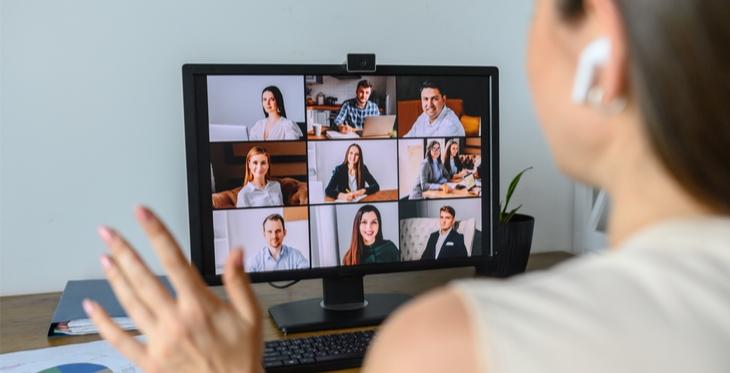
I have spent the last year training as an infectious diseases pharmacist at Banner University Medical Center-Tucson. A large part of this has been participating in weekly HIV office visits at the Petersen HIV Clinics with Stephen Klotz, MD, Larry York, PharmD, and our lead clinical coordinator, Cesar Egurrola. This multidisciplinary team approach allows the physician to guide the patient’s care, the HIV clinical pharmacist to manage the medication aspects, and the clinical coordinator to manage the behavioral and social needs.
There are many facets of HIV care that I focus on in the HIV clinical pharmacist role. The core of it is around counseling and ensuring medication adherence and monitoring for side effects. It also expands into managing drug interactions and other disease states, providing STI treatment recommendations and keeping vaccinations up to date. I would be unable to describe a typical clinic day as they were all so varied. Some days we would have about 20% patient attendance and on others we might have every patient show up with a few surprise walk-ins as well. In these cases when the clinic would become particularly busy, it would turn into a “divide and conquer” situation where we may not be seeing the same patient all at once in order to optimize our time. Although hectic at times I grew accustomed to this workflow.
I was able to participate in the HIV clinic visits Drs. Klotz and York have with patients at the Arizona Department of Corrections via the Arizona Telemedicine Program at the University of Arizona. The first striking difference was how much more quickly they were able to perform these clinic visits; all the delays of a physical clinic had been removed. After observing some visits, Dr. Klotz said, “Come on, Alanna! Give Larry a break and hop in!” It was a bit intimidating at first as these were not patients I had spent the night before reviewing and preparing plans for. However, I quickly acclimated to the quick review of the paper records we received and was still able to do all of the normal patient interviewing and counseling that I was accustomed to.
Fast forward to March 2020 when every outpatient care provider became challenged with how to deliver care as the US shut down in an attempt to ameliorate the COVID-19 pandemic. With a plethora of experience, our clinic swiftly transitioned to a virtual clinic platform. Dr. Klotz had been telling our patients that he wanted to move the clinic towards telemedicine anyway so many were prepared for the transition. A common challenge for our patients is transportation: some must rely on others for this and some must travel several hours for a clinic visit, but virtual visits have eliminated this barrier. It also provides a more cohesive team as we are all able to be present for the entirety of the visit. This ensures that we do not miss issues that may arise during one of our separate patient interviews. Naturally there have been challenges, such as patients not having the capability to join a video visit, being unable to reach them, or technical difficulties with their devices, but it has largely been met with patient satisfaction.
Telemedicine has great capacity to deliver care to medically underserved populations, such as those in rural areas or within correctional facilities. It also has become vital in the middle of a pandemic as we need to protect both patients and healthcare providers alike. I am grateful for the experiences I have had with this team and the opportunity to deliver care virtually. I fully expect that I will be able to utilize this skillset in the future as healthcare embraces telemedicine.


